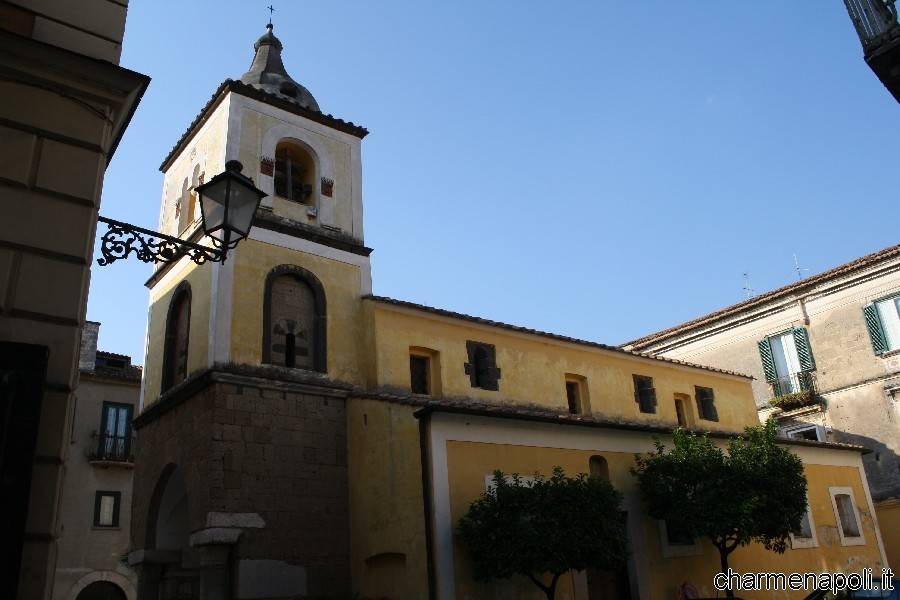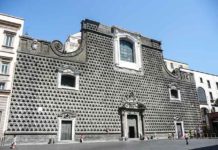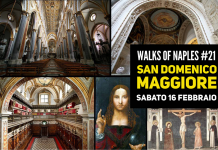Named after the Samnite tribes who lived here between 600 and 200 BC, Sannio is a beautiful area of rolling green hills dotted with perfectly conserved old towns small enough for visitors to see more than one a day. Take Faicchio for instance: a cobblestone street leads from the town centre past quaint chapels to the recently restored, austere, medieval convent of San Salvatore housing splendid 18th century frescoes. The monastery enjoys a superb view over the green valley protecting the ducal palace – now a hotel and restaurant with a beautiful courtyard and portico Other sites open to the public are the Roman aqueduct, a long, slightly arched tunnel through the mountain side and the 3rd century BC bridge of Fabius Maximus, scene of a battle between Hannibal’s army and the Roman legions [charme-gallery]The town centre has a classic medieval layout with delightful buildings and hewn stone monuments. Sant’Agata dei Goti is a historic town perched on a spur between two tributaries of the River Isclero. A number of religious buildings are to be found along the main street and in small squares flanked by antique residences and beautiful shops as it winds its way to the belvedere beneath the lofty ridge. The cathedral overlooking the fountain in the small square was probably built on the ruins of an ancient pagan temple and houses a superb 17th century wooden choir made by Alessandro De Rosa, and the remains of the 13th century mosaic floor. Also worth visiting is the St Francis ofAssisi church and convent, home to monks who came to the town in 1267. [charme-gallery]The church has a baroque façade and interior while its bell tower and clock has a recently restored majolica roof. However, Sant’Agata dei Goti is also famed for the quality of its local produce, including aromatic olive oil, fine white and red wines, vegetables, cereals and fruit – especially cherries and the famous annurca apples, which were given the protected geographic origin label (Igp) in 2006.

 Italiano
Italiano














